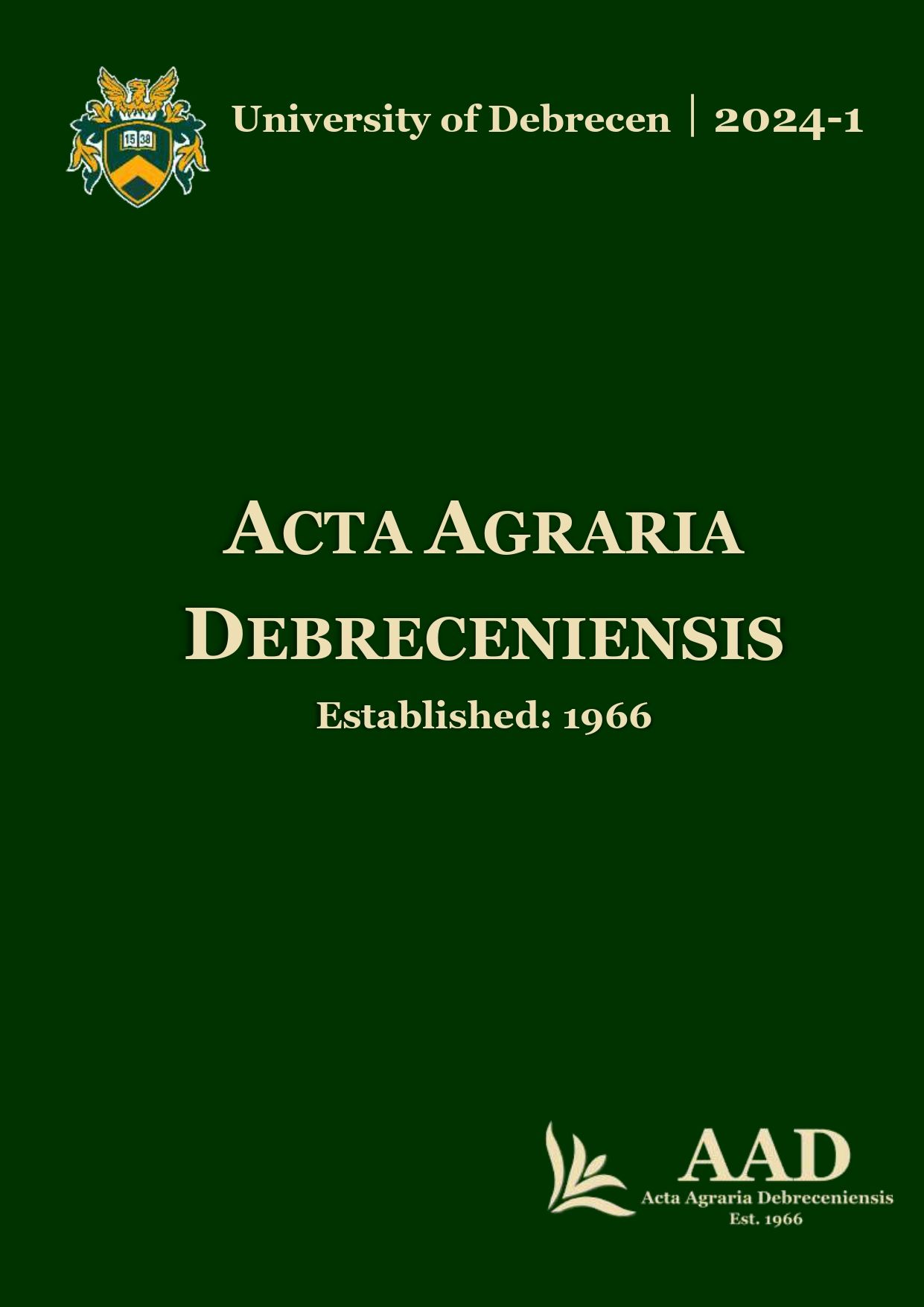Forest lookout tower visitor data in the Covid epidemic periods: what the numbers tell
Author
View
Keywords
License
Copyright (c) 2024 by the Author(s)

This work is licensed under a Creative Commons Attribution 4.0 International License.
How To Cite
Accepted 2024-02-01
Published 2024-06-03
Abstract
The Covid epidemic between the spring of 2020 and the summer of 2021 showed that there is an increasing demand for various forms of forest-related tourism. Number of visitors in forests broke records in certain places: 32 million visitor days were registered in 2020 in Pilisi Parkerdő Ltd. alone. In this article we present data originated from the automatic visitor counters placed on certain forest lookout towers. Processing the data, we can get an insight of the number and distribution of hikers in each period. As a result of the research, forest managers can learn more about the popular tourist destination, furthermore, knowledge is gained about the motivations and needs of forest tourism participants. Based on this, public welfare investments that meet real demands can be planned in a cost-effective manner. Ideally, the results achieved can bring satisfaction to all actors involved in forest tourism. On the demand (visitor) side, targeted and needs-tailored developments increase the experience factor of the time spent in the forest. On the supply (forestry) side, knowing the motivations makes the performance of public welfare tasks more efficient, which ultimately contributes to the improvement of the sector's image.
References
- Bachinger, M. (2022): Forest Tourism. In: Encyclopedia of Tourism Management and Marketing. Edward Elgar Publishing, Ed. by Dimitrios Buhalis, Bournemouth University Business School, United Kingdom. 332–335.
- Benkhard, B. (2018): Determination of tourist flow patterns in a low mountain study area. Tourism & Management Studies, 14(3), 19–31. DOI: https://doi.org/10.18089/tms.2018.14302
- Benkhard, B. (2021): Túrázók a Pilis és a Visegrádi-hegység területén: a megközelítés problémája. Turizmus Bulletin, XXI. No. 3.: 5–13. DOI: https://doi.org/10.14267/TURBULL.2021v21n3.1
- BFNPI (2018): Jelentés a Balaton-felvidéki Nemzeti Park Igazgatóság 2017. évi tevékenységéről, Csopak. 112–113.
- Cessford, G.; Cockburn, S.; Douglas, M. (2002): Developing new visitor counters and their applications for management. In: Monitoring and Management of Visitor Flows in Recreational and Protected Areas. Conference Proceedings, Bodenkultur University Vienna, Austria, Ed. by A. Arnberger, C. Brandenburg and A. Muhar: 14–20. https://mmv.boku.ac.at/refbase/files/cessford_gordon_co-2002-developing_new_visit.pdf
- Joó, A. (2020): Láthatatlan turisták nyomában (interview). Turista Magazin, 2020. No. 3. 17–21.
- Kisfaludi, B. (2017): Nagy látogatottságú erdészeti feltáróutak közjóléti forgalmának mérése és elemzése. Doctoral thesis, University of Sopron, Roth Gyula Doctoral School of Forestry and Wildlife Management Sciences, Sopron. 17–18.
- Pilisi Parkerdő Zrt. (2020): Idén csúcsot döntött a Pilisi Parkerdő látogatottsága. Available online: https://parkerdo.hu/parkerdo/iden-csucsot-dontott-pilisi-parkerdo-latogatottsaga/ (accessed on 28th March 2023).

 https://doi.org/10.34101/actaagrar/1/12575
https://doi.org/10.34101/actaagrar/1/12575